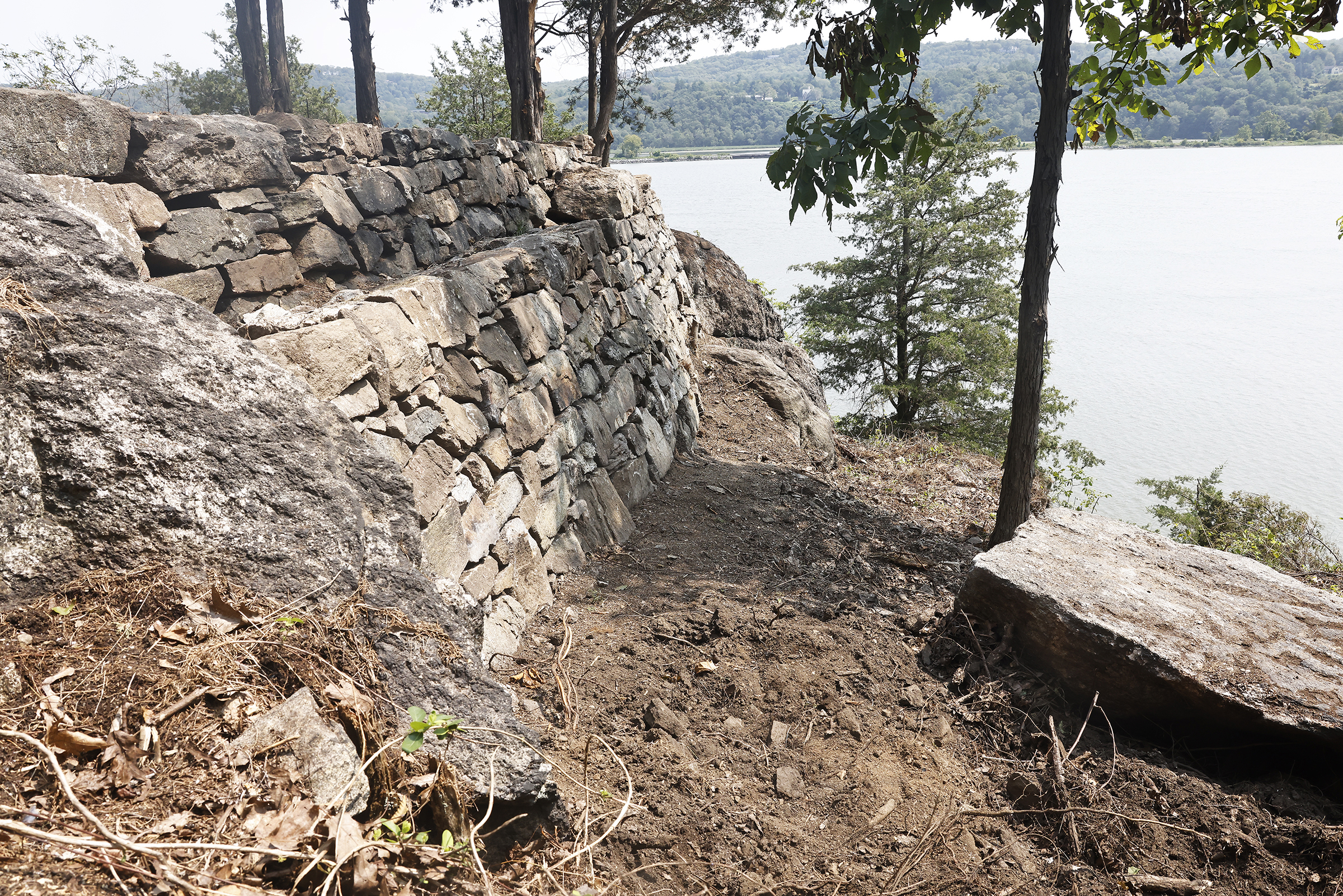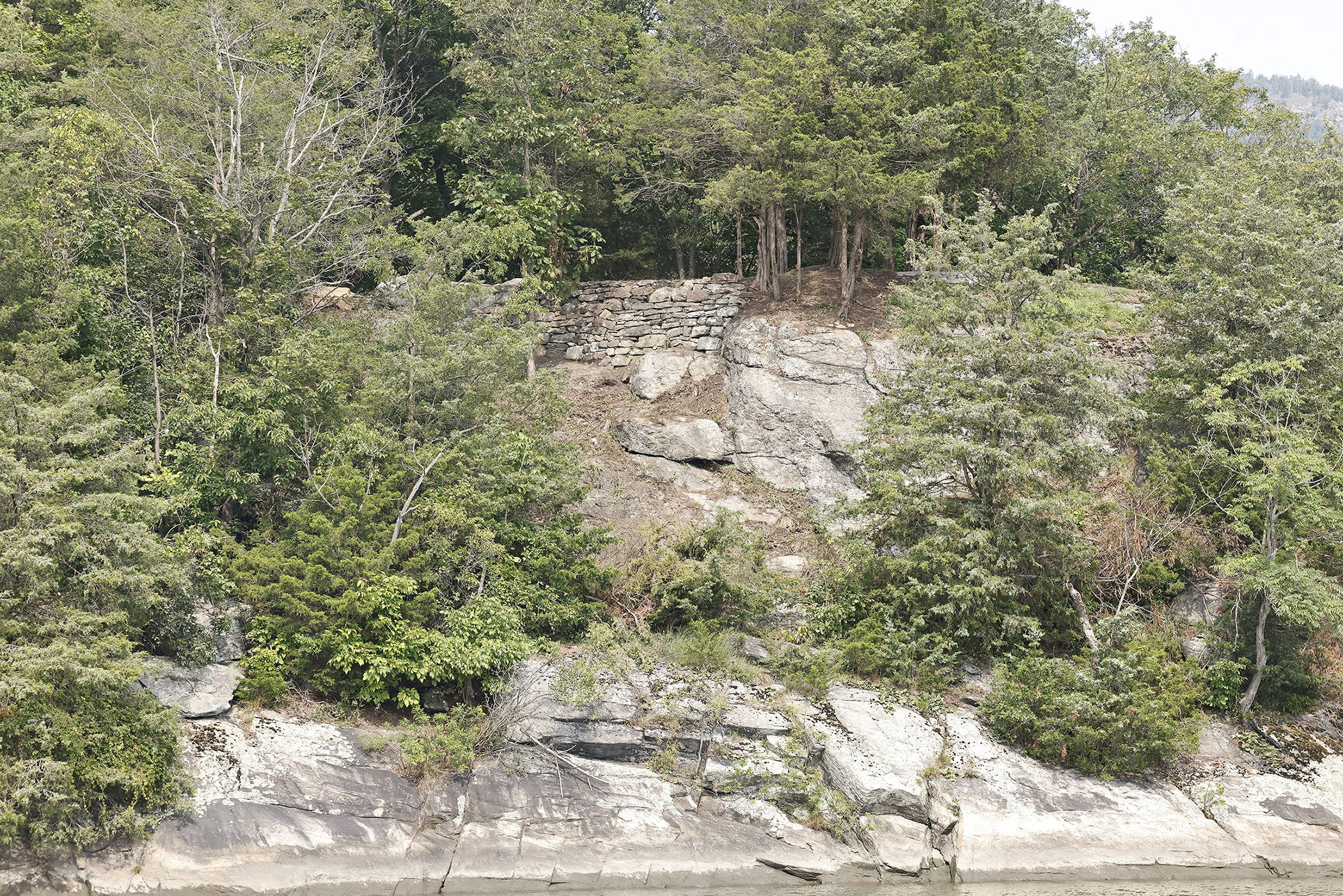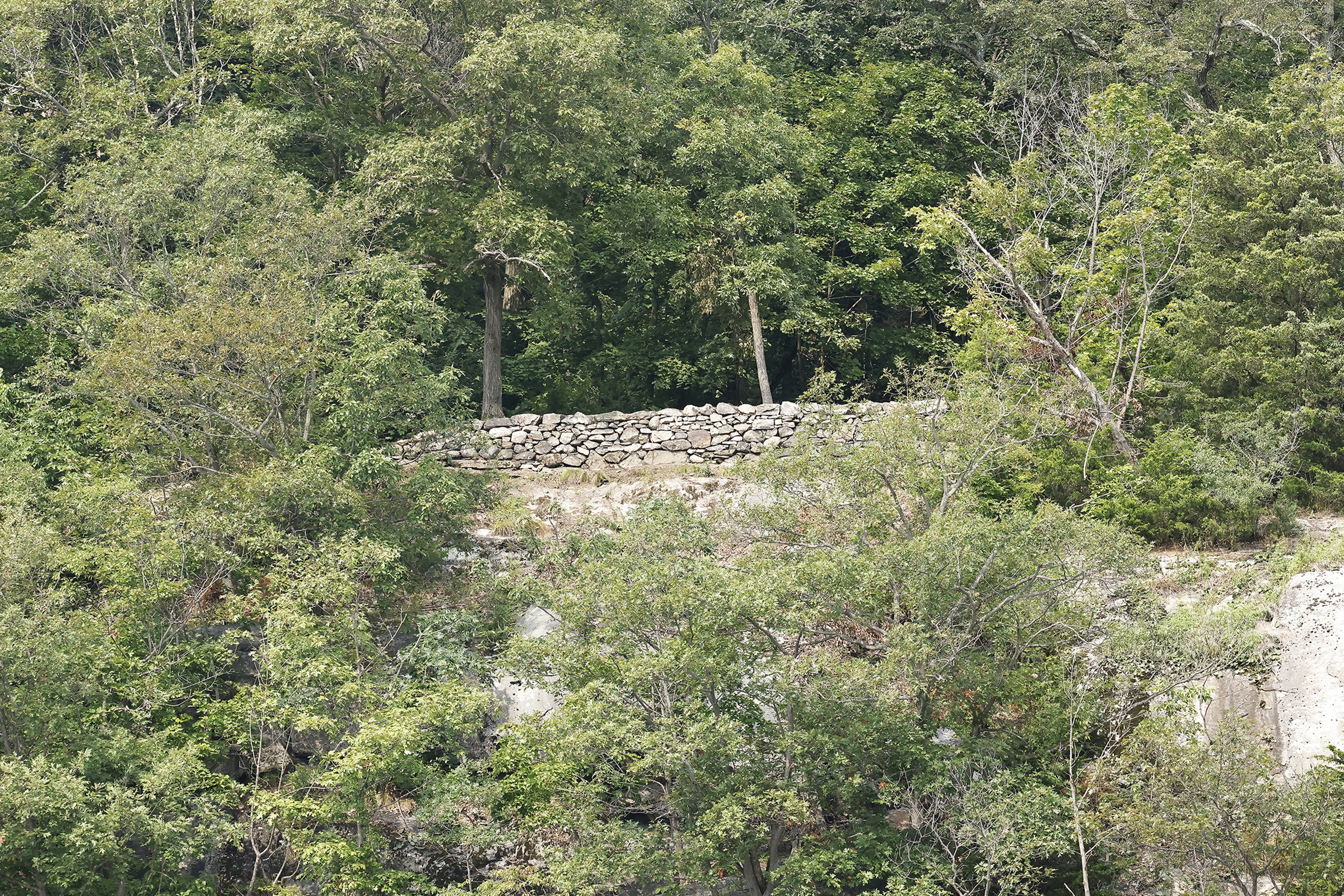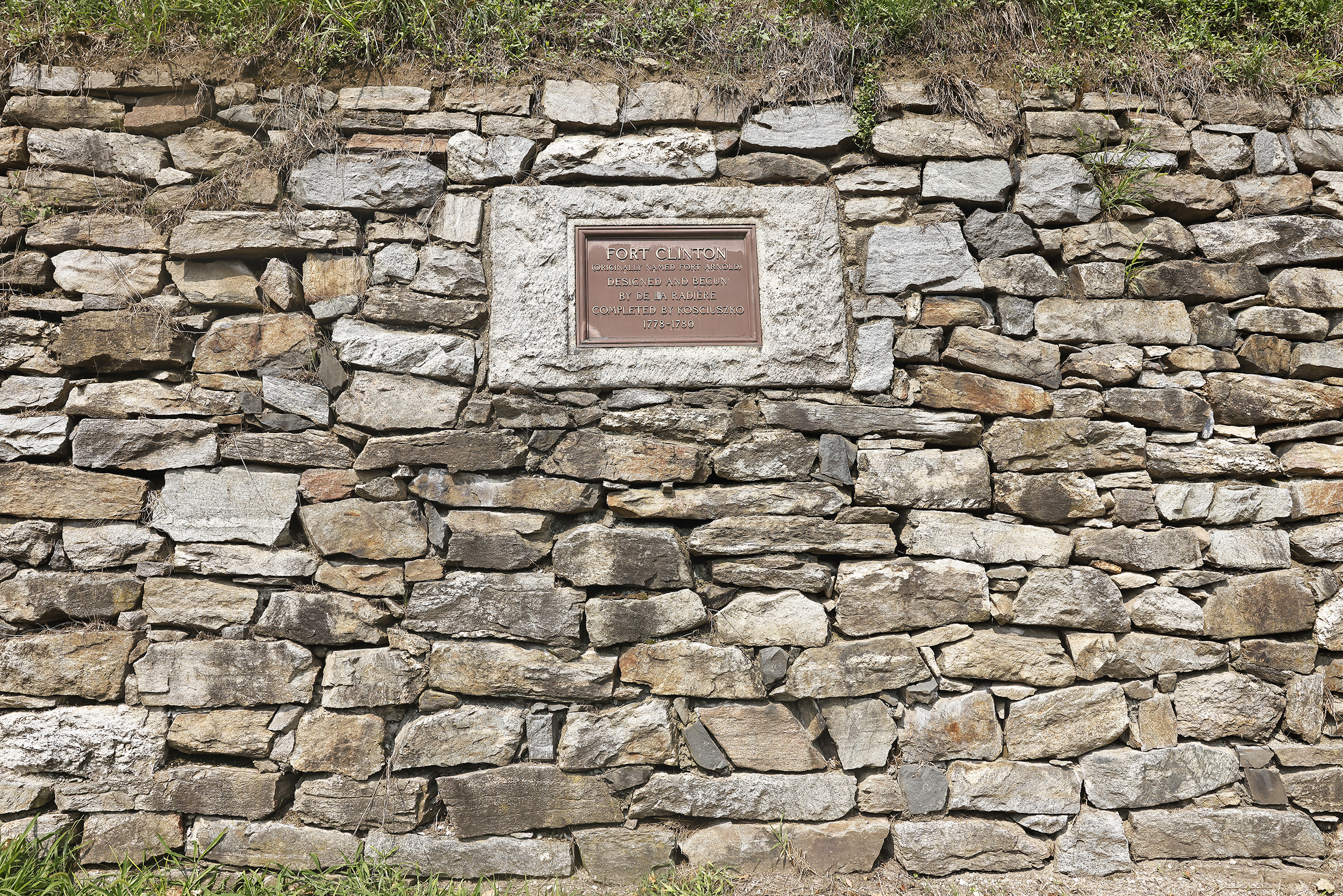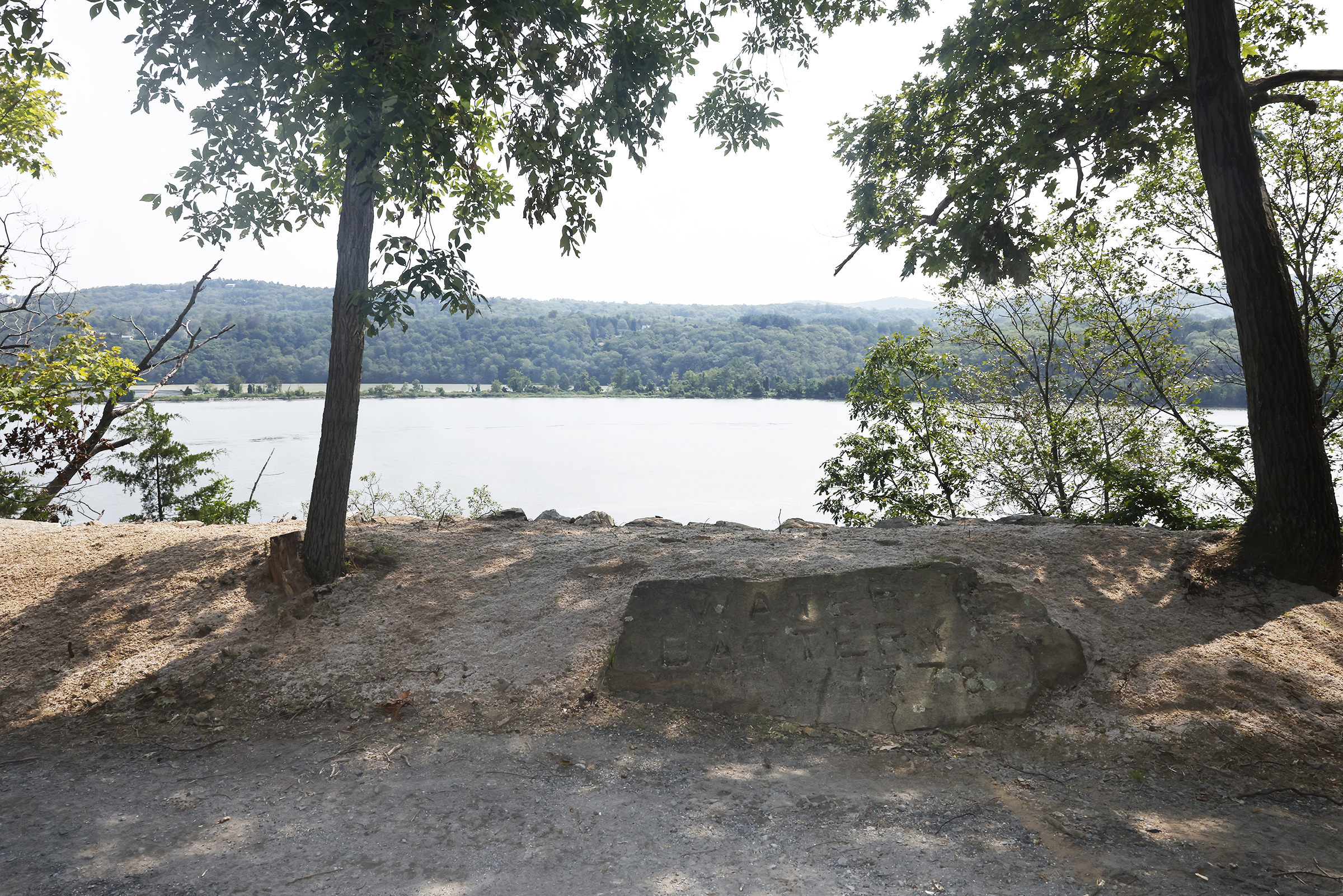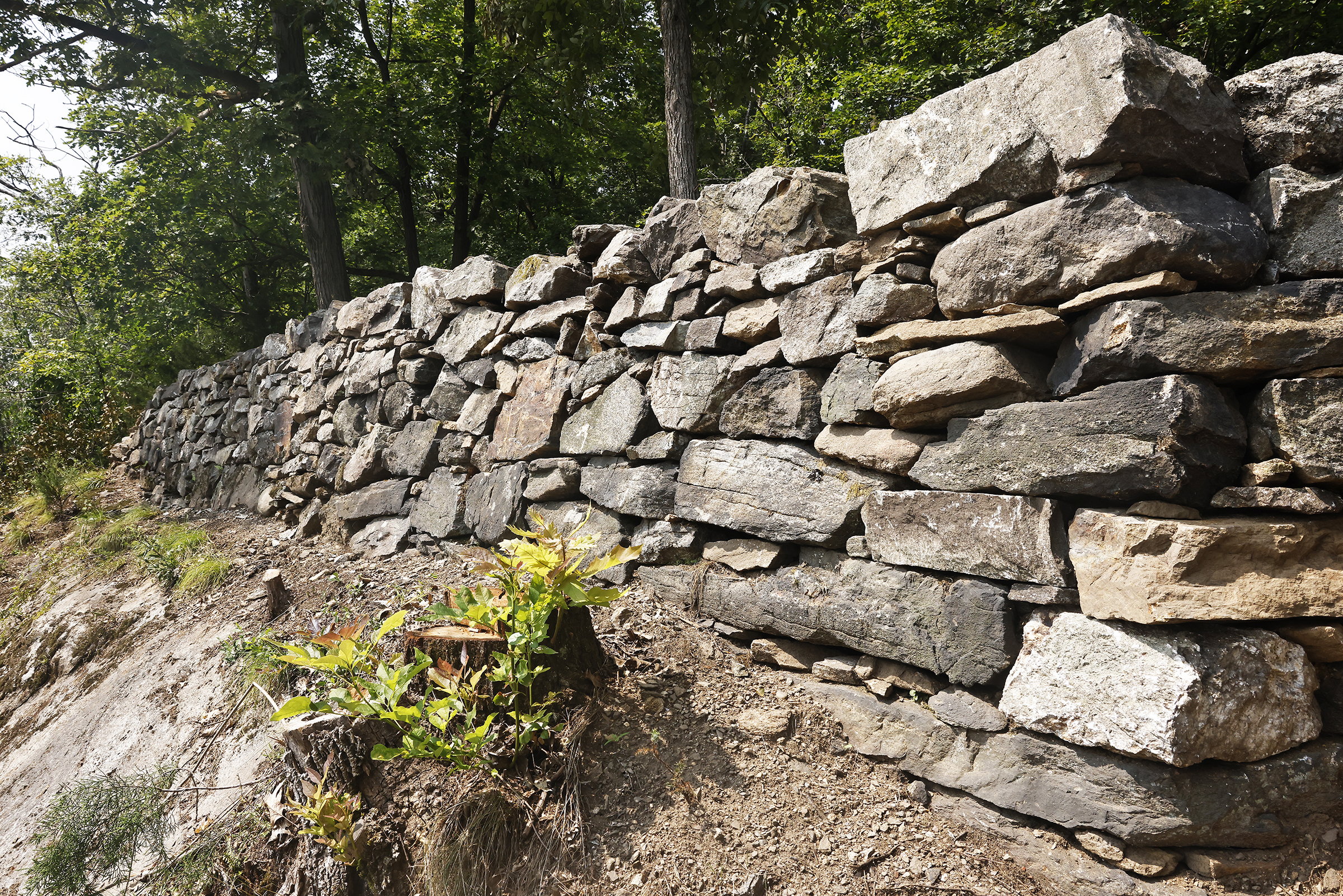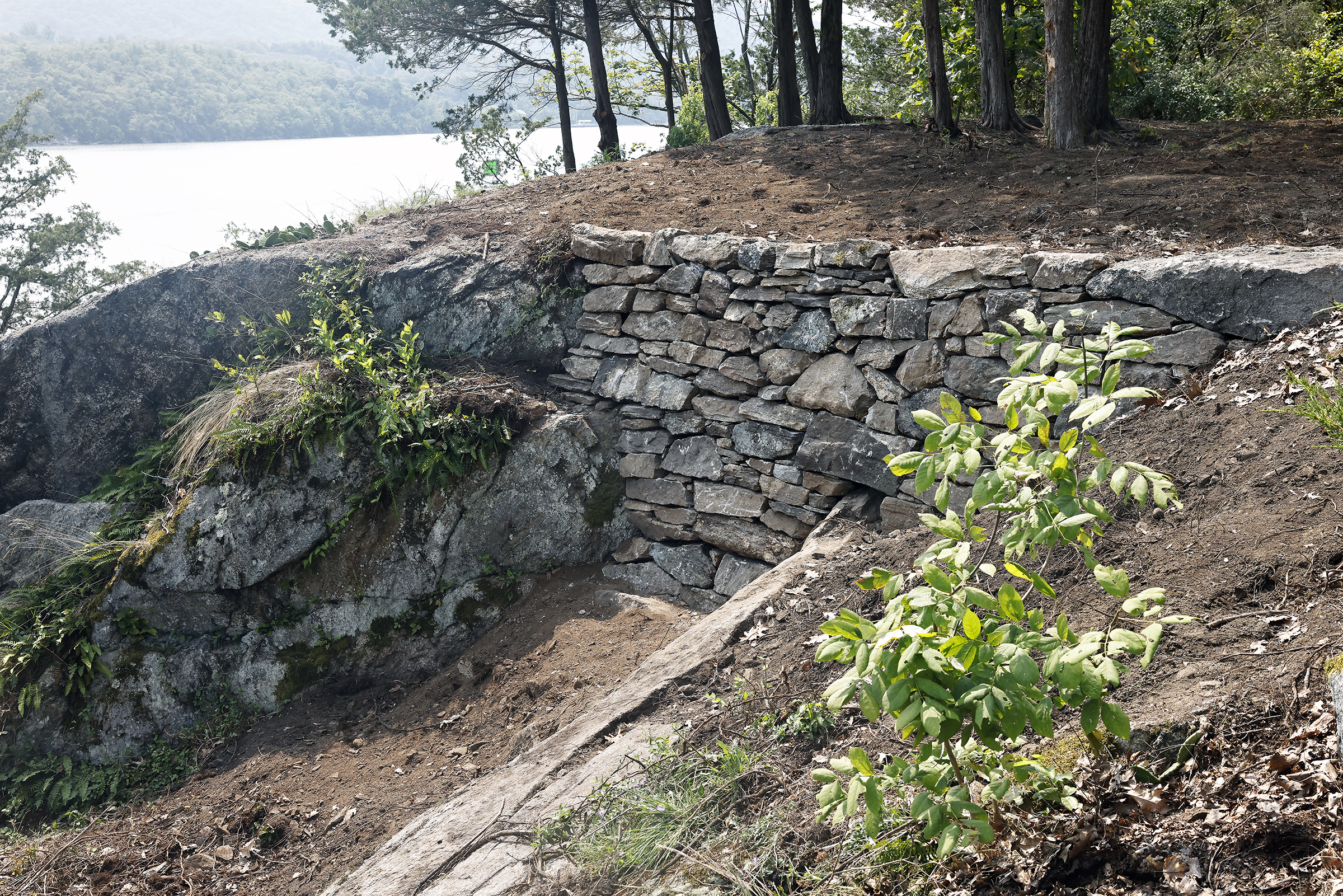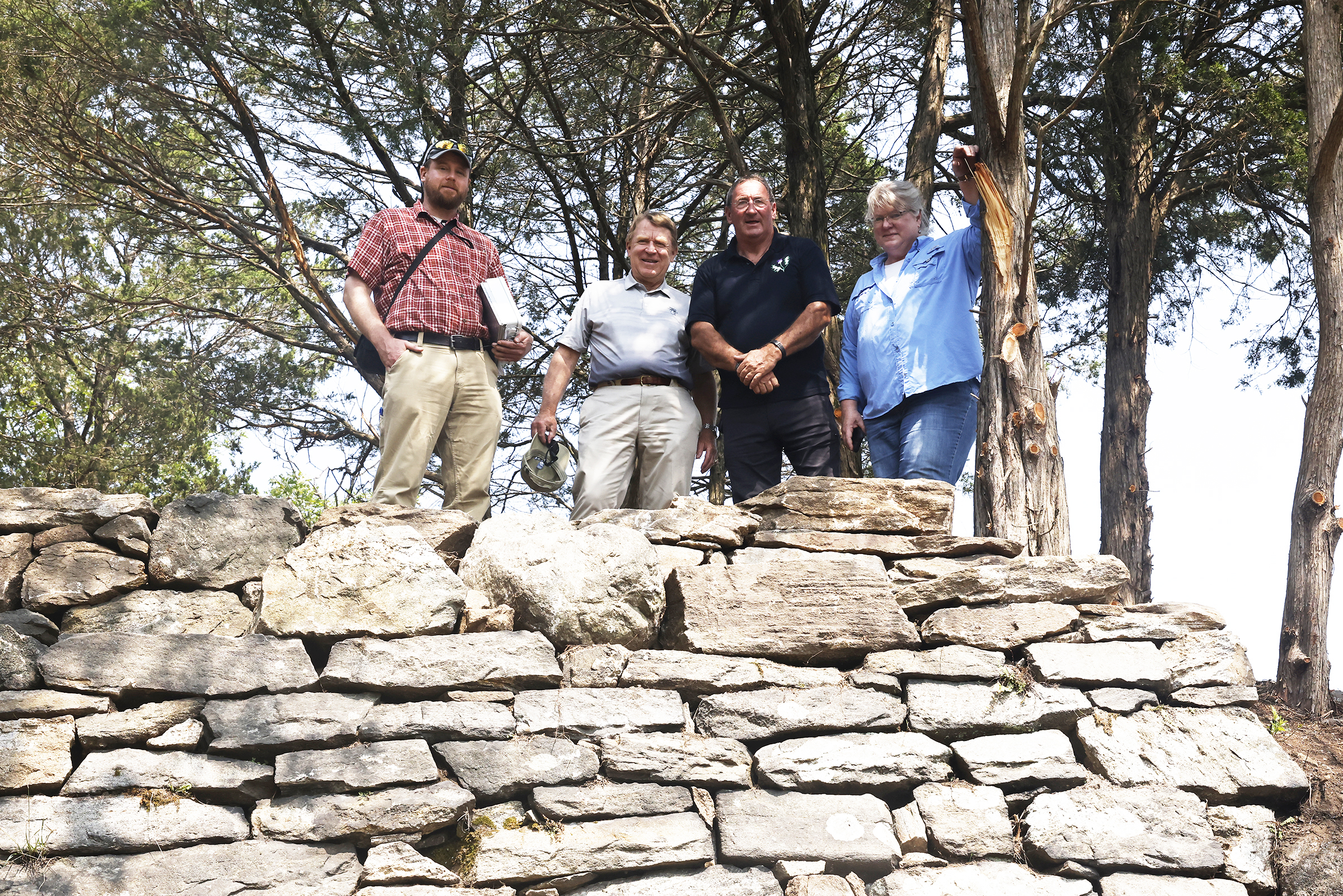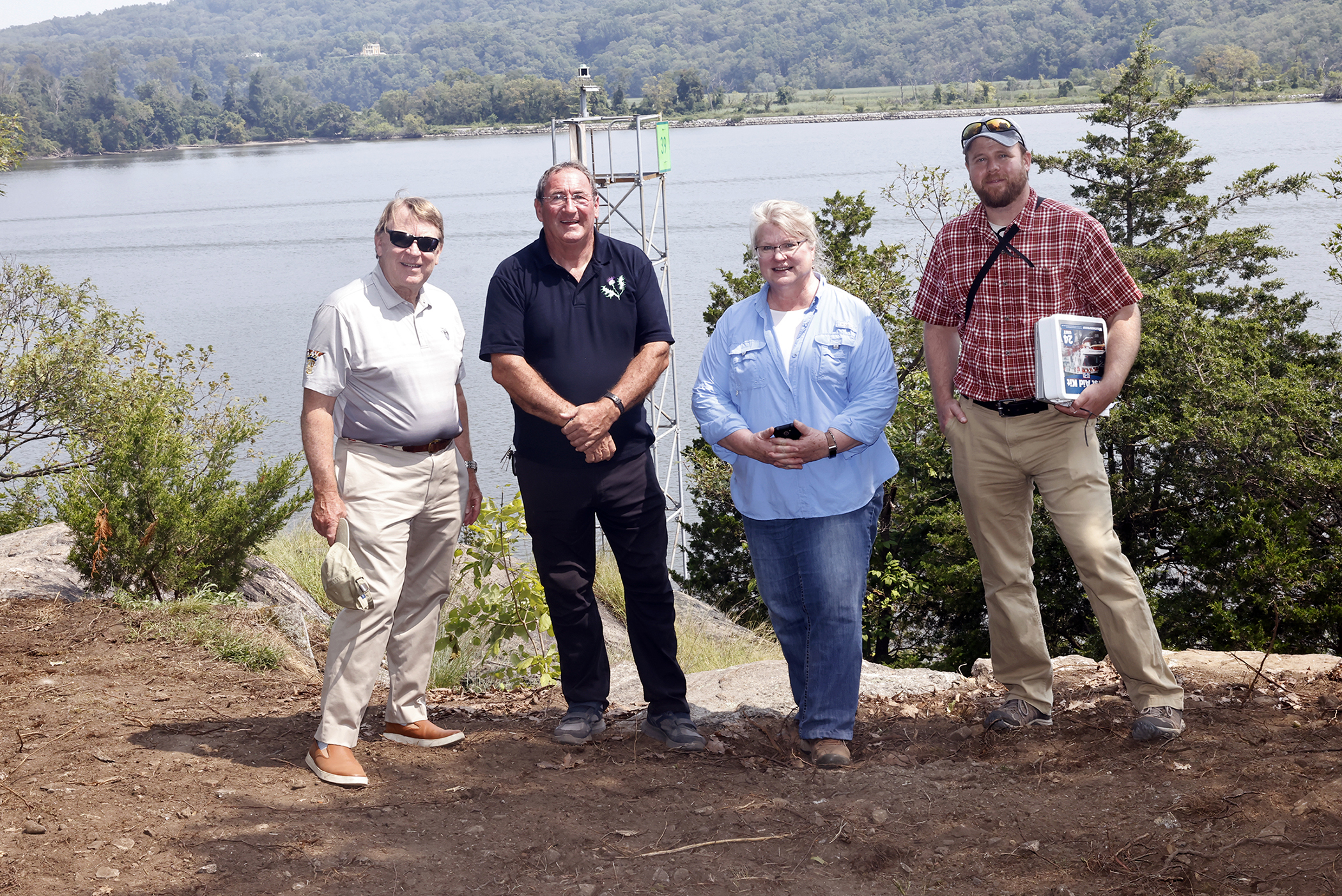Much like a Phoenix rising from the ashes, the Revolutionary War-era West Point fortification system is meticulously being reborn through the Fortress West Point Project.
Through this renewal, the goal over the next eight years is to preserve the George Washington fortification system in celebration of the 250th anniversary of the American Revolution (1775-1783), which includes several defense fortification positions being resurrected during the semiquincentennial period.
Established as a non-profit in 2012, the Friends of the American Revolution at West Point, Inc. (FAR) has come together with the West Point Association of Graduates (WPAOG) to help preserve the most expansive collection of Revolutionary War fortifications in America today at West Point.
FAR and WPAOG have teamed up with a crew from the Dry Stone Conservancy, Inc., (DSC) out of Lexington, Kentucky, to preserve the dry-laid stonework of the fortifications. Recently, the stonework was renovated at Fort Clinton, just below Kosciuszko’s Monument, and Water and Lanthorn Batteries, which are along Flirtation Walk. In October, work will be completed on the Chain Battery, which is also along Flirtation Walk and right on the Hudson River.
The genesis of the restoration project dates back to 2018 when former West Point Cultural Resources Manager Pat Raley completed a workshop with DSC to learn about dry laid stonework. Around that time, FAR approached Raley about restoring the fortifications on West Point, which led to getting involved with DSC.
With funding through the U.S. Military Academy Class of 1970 and WPAOG, the DSC completed the first reclamation project in 2019 of Fort Meigs. COVID then put a constraint on restoration for the next few years, especially from the funding aspect, but this year with more funds available, the DSC was able to get back on track this summer to work on the battery fortifications.
Jane Wooley, a consultant for DSC and a former DSC executive director, said it all began with them coming to West Point to inspect the fortification structures and took on Fort Meigs first when there was enough funding to begin the project.
“We got the wheels greased, and everything started with AOG for the contracting … it took three weeks to complete that project,” Wooley said. “Shortly thereafter, they asked us to come back and look at 23 more fortifications, so we developed a dry-stone restoration preservation plan. From that plan, this is the first of those projects where we came in and did Clinton and the water batteries, which are Water, Lanthorn and Chain Batteries.”
John Connors, a FAR board member and a member of the USMA Class of 1970, has been at the forefront of the restoration plan talking to prospective donors and having them understand the foundational work involved in logging where the money is directly going in restoring the fortifications.
“The way we’re looking at it, we have some potential commitments from donors, and we can restore the fortifications as we get funds to do them,” Connors said. “We work with (DSC) on their schedule and they’re available to do them, so it will take a few more years.”
Wooley added that DSC is a nonprofit organization with “a mission to provide training and promoting the craft of dry laid stonework, which is mortarless stonework.”
“It’s a nonprofit group building it with two nonprofit groups (FAR and WPAOG) helping fund it,” Wooley said. “So, it’s an amazing synergy among the three nonprofit groups.”
Neil Rippingale, DSC’s master stone mason in charge, spent six-plus weeks on West Point with five other masons helping through training or their expertise to restore Clinton, Water and Lanthorn. Now, they are focused on the Chain Battery project that begins on Oct. 15.
“We’re looking at about five weeks for that project because while it’s one project, it’s pretty tall,” Rippingale stated. “There’s a lot of stonework there, and it’s 12 feet tall on the far end of it and quite lengthy. It’s a different animal altogether because it’s more glacial, round boulders while most of the other fortifications we worked with are flat bedded and angular … it’s a different technique, it’s a different signature.”
Once the Chain Battery is done, it will make five of the 23 total fortifications completed by November. There are other projects off post that are a part of the fortress system that will also need updating at some point with some on Constitution Island.
Overall, this West Point historical project has been astonishing to those involved throughout the process.
“It’s career defining, which is something you would hope for,” Wooley explained. “I had another project a couple of years back at Grand Tetons in Wyoming, but it didn’t have a history involved like this one. This project has that historical element and it’s really an incredible project.”
Rippingale said when it came to the work itself, the most complicated part of the mission wasn’t the stonework but getting a team together.
“We’re bringing masons in from all different states and trying to get that coordination takes weeks and weeks to see their availability,” he explained. “We probably started this about 12 weeks ago (as of mid-August) trying to get a team together.”
With the most recent rebuilds along Flirtation Walk, the community is welcome to see the results as they take the trek along the historical pathway. Rippingale said that people who have seen it previously will be amazed and it’s “pretty incredible,” the transformation of the batteries.
West Point Archaeologist and Cultural Resources Manager, Paul Hudson, has been involved in the development and review of the fortification strategic plan, especially after Raley left West Point in 2021.
Hudson talked about the challenges that come with the planning, logistics and execution of the project since some of the fortifications are remote, which brings additional complications.
However, the condition of the fortifications, even with their age, has varied.
“Most are in fair-to-good condition, meaning that they have only a few structural issues such as bulges or missing or partially collapsed stones, but none that threaten the overall stability of the structure,” Hudson said.
As they continue the progress of restoring the 23 structures on West Point, everyone involved with the project had their own view of the importance and satisfaction of preserving West Point’s fortifications.
Wooley said the initial work allows funders to see and have access by the trail system to see where the money is going. As for Rippingale, it has been a great honor to work on this project through all the ebbs and flows that has come with it.
“It’s taken so long to come to fruition … this is fantastic,” Rippingale said. “The setting here on the Hudson River it’s going to get even better in the fall.”
Connors said the key is to raise awareness of the project and the significant aspects of the institution’s history.
“It’s created a momentum to restore and resurrect its history through the restoration of these forts,” Connors said. “I think that’s a great thing because it was a military post before it was an educational institution. I think we’re going back to this is why West Point is here.
“It was a fortress, and these are sites that were put in place to make it the fortress it was,” Connors concluded. “We have momentum now amongst the staff, faculty and institution to restore and recognize that history. I think that’s satisfying.”
